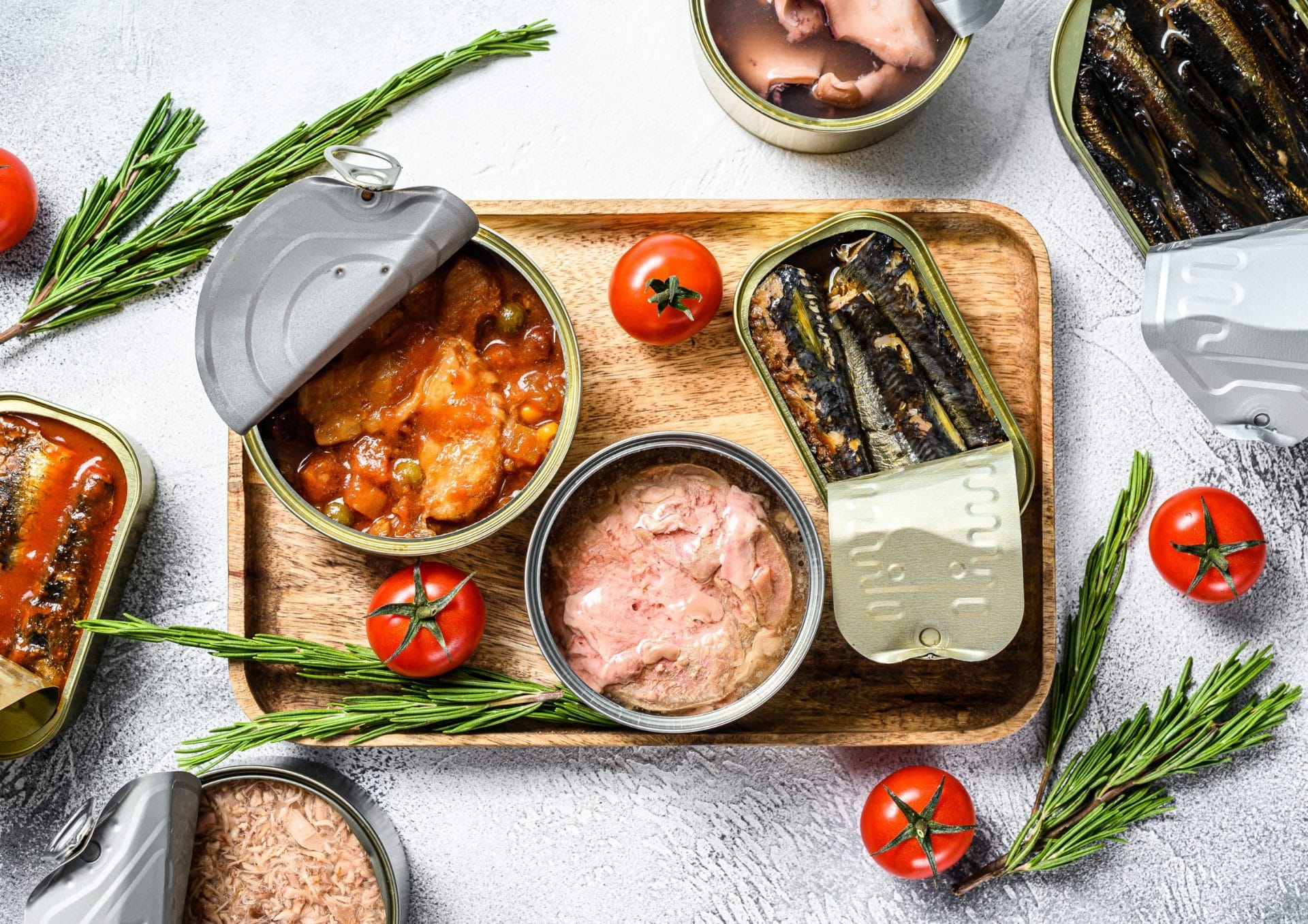Tuna is a lean, protein-rich fish packed with omega-3 fatty acids, nutrients essential for brain function, memory, and mood regulation. But it also raises a concern that health-conscious eaters should be aware of, mercury.
Why Mercury Matters for Brain Health
Mercury is a heavy metal that can build up in the body over time. High levels are known to affect the nervous system. Chronic or excessive exposure has been linked to cognitive decline, memory impairment, and developmental issues in children. Since the brain is especially sensitive to toxins, it’s important to be informed about mercury exposure from common foods like tuna.
Mercury and Dementia Risk
Emerging research suggests a potential link between long-term mercury exposure and increased risk of neurodegenerative diseases like Alzheimer’s and other forms of dementia. Mercury can induce oxidative stress and inflammation in the brain—two key drivers of cognitive decline. While the omega-3s in tuna support brain health, excess mercury may counteract those benefits if intake isn’t managed carefully. This makes it especially important for older adults and those with a family history of dementia to be mindful of their tuna consumption.
How Much Is Safe?
Health guidelines in both Canada and the United States provide advice on safe tuna consumption, based on the type and mercury content.
In Canada, Health Canada suggests that most adults can safely eat up to 150 grams of canned light tuna per week (about one large can). Albacore (white) tuna, which is higher in mercury, should be limited to 300 grams per week, and even less for children and pregnant individuals.
In the U.S., the FDA and EPA recommend 2–3 servings (8–12 ounces) of lower-mercury fish per week, such as canned light tuna. For albacore tuna, the limit is 4 ounces per week. Children and those who are pregnant or breastfeeding should follow stricter limits, as developing brains are more vulnerable to mercury’s effects.
Mercury Levels by Tuna Type
-
Light or skipjack tuna (typically canned): Lower in mercury and safe to eat up to a few times a week
-
Albacore (white) tuna: Higher in mercury; best limited to once per week
-
Bigeye or yellowfin (fresh or frozen): Contains more mercury and should be eaten infrequently
What to Look for on Labels
Not all tuna is created equal. Here’s what to check:
-
Species: Choose skipjack or “light” tuna for lower mercury
-
Source: Tuna from younger, smaller fish generally has less mercury
-
Certifications: Labels such as MSC-certified or BPA-free cans can be a plus for sustainability and packaging safety
The Takeaway
Tuna can absolutely be part of a brain-healthy diet, as long as it’s eaten mindfully. Choosing lower-mercury types and watching portion sizes allows you to enjoy its omega-3 benefits without increasing your risk. For those especially concerned about brain health, especially during pregnancy or childhood, awareness and moderation are key.




